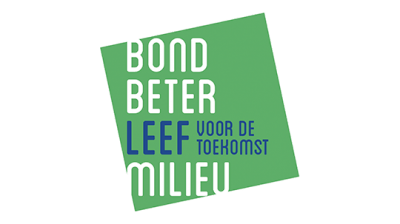Challenges and solutions for circular well drainage
Aquafin goes for RENEWAL
In recent summers, the groundwater level in Flanders regularly made the news. The situation is bad. And yet it is a familiar sight at building sites: long water hoses that pump up groundwater from the site directly into the sewers. This pumping is called 'well drainage' and today, from a construction point of view, it is often the only solution to start (new) constructions in a safe and dry way.
It is estimated that not even 10% of all dewatering today makes use of circular principles such as return dewatering and/or reuse of groundwater. As a result, millions of litres of groundwater end up in the sewer system every year.
Aquafin wants to change that with the HERBRONNEN project.
Within that project, Aquafin wants to map out the technical, financial and policy problems that are currently impeding circular well dewatering and provide clear solutions for them. The company focuses primarily on stimulating return dewatering. This process returns the pumped-up groundwater to the soil in the vicinity of the site so that the drainage has less impact on the groundwater level in the surrounding area.
In addition, Aquafin is also focusing on improving the water quality so that the area for reuse can be increased. Based on the available laboratory results, we are looking at the most common contaminants in the drainage water and how the water can be purified and reused.
HERBRONNEN wants to open the dialogue with all stakeholders and demonstrate that circular well point dewatering can be done safely, user-friendly and reliable. Via the project, Aquafin wants to provide tools that will enable the creation of a user platform for suppliers and users of drainage water and help shape the policy framework, so that more site water can be used for essential applications.
Aquafin purifies sewage water until it can be returned to nature. In addition, they are also working on sustainable use of rainwater to help prevent dry soils and limit the consequences of heavy showers.















